NE LAISSER PAS LE 5G DETRUIRE VOTRE ADN Protéger toute votre famille avec les appareils Quantiques Orgo-Life® Publicité par Adpathway
Here’s a breakdown of the HTML code you provided, focusing on its structure and purpose:
Overall Structure
The code snippet appears to be part of a larger webpage, likely an article or blog post. It focuses on displaying an image and related content.It uses responsive image techniques to serve different image sizes based on the screen width of the device viewing the page.
Key Elements
- Image Display (using element):
The core of the snippet is the element. This is used for responsive images, allowing the browser to choose the most appropriate image source based on screen size and other factors.
media="(min-width: 768px)": This means the image specified in the srcset attribute will be used for screens that are 768 pixels wide or wider (typical tablets and desktops).
media="(min-width: 481px)": This image will be used for screens 481 pixels wide or wider (larger phones and smaller tablets).
media="(min-width: 0px)": this is the default image, used for all screens (including very small phones).
element: The
element is the fallback. If the browser doesn’t support the element or none of the
element’s src attribute will be used. It also contains width, height, loading, decoding, alt, data-img-url, and src attributes.
alt="Ordinateur portable Windows 11 exécutant Teracopy en arrière-plan": This is the alternative text for the image, which is important for accessibility (screen readers) and SEO. It’s in French, meaning “Windows 11 laptop running Teracopy in the background.”
data-img-url: This attribute likely stores the original, full-resolution image URL.It might be used by JavaScript to display the image in a larger modal or lightbox.
src: This is the initial image source that will be loaded if none of the
style="display:block;height:auto;max-width:100%;": This CSS styling ensures the image is displayed as a block element, its height is automatically adjusted to maintain aspect ratio, and its width doesn’t exceed the container’s width.
Image URLs: The srcset and src attributes point to different versions of the same image, optimized for different screen sizes. The URLs include parameters like q=49 (image quality), fit=crop (how the image should be resized), w (width), h (height), and dpr (device pixel ratio).
- Figure and Caption:
The element is missing, but it would typically be used to provide a caption for the image.
- Related Article Card:
En rapport: This displays the label “En rapport” (French for “Related”).
: This is the title of the related article.
: This is the link to the related article.
: This is a short excerpt from the related article.
- Headings:
: A level 2 heading with the text “une solution open source” (French for “An open source solution”). The id attribute allows you to link directly to this section of the page.
: A level 3 heading with the text “Avoir la tranquillité d’esprit” (French for “Have peace of mind”).
- Divs:
The code uses
elements extensively for structuring the content and applying CSS styles.
Purpose and Functionality
Responsive Images: The primary goal is to display an image that looks good on various devices,from small phones to large desktop monitors. The element and
Related Content: The related article card promotes other content on the website, encouraging users to explore further.
Semantic Structure: The use of
Styling: The class attributes on the elements are used to apply CSS styles, controlling the appearance of the image and related content.
Improvements and Considerations
Add a : Include a element within theLazy Loading: The loading="lazy" attribute on the
Image Optimization: Ensure that the images are properly optimized for web use (compressed without sacrificing too much quality).
Accessibility: Double-check the alt text to ensure it accurately describes the image content.
CSS: The code relies heavily on CSS classes. Make sure the CSS is well-organized and maintainable.
this code snippet is a well-structured piece of HTML that effectively displays a responsive image and promotes related content. It uses modern web growth techniques to provide a good user experience across different devices.


.png) 2 week_ago
19
2 week_ago
19


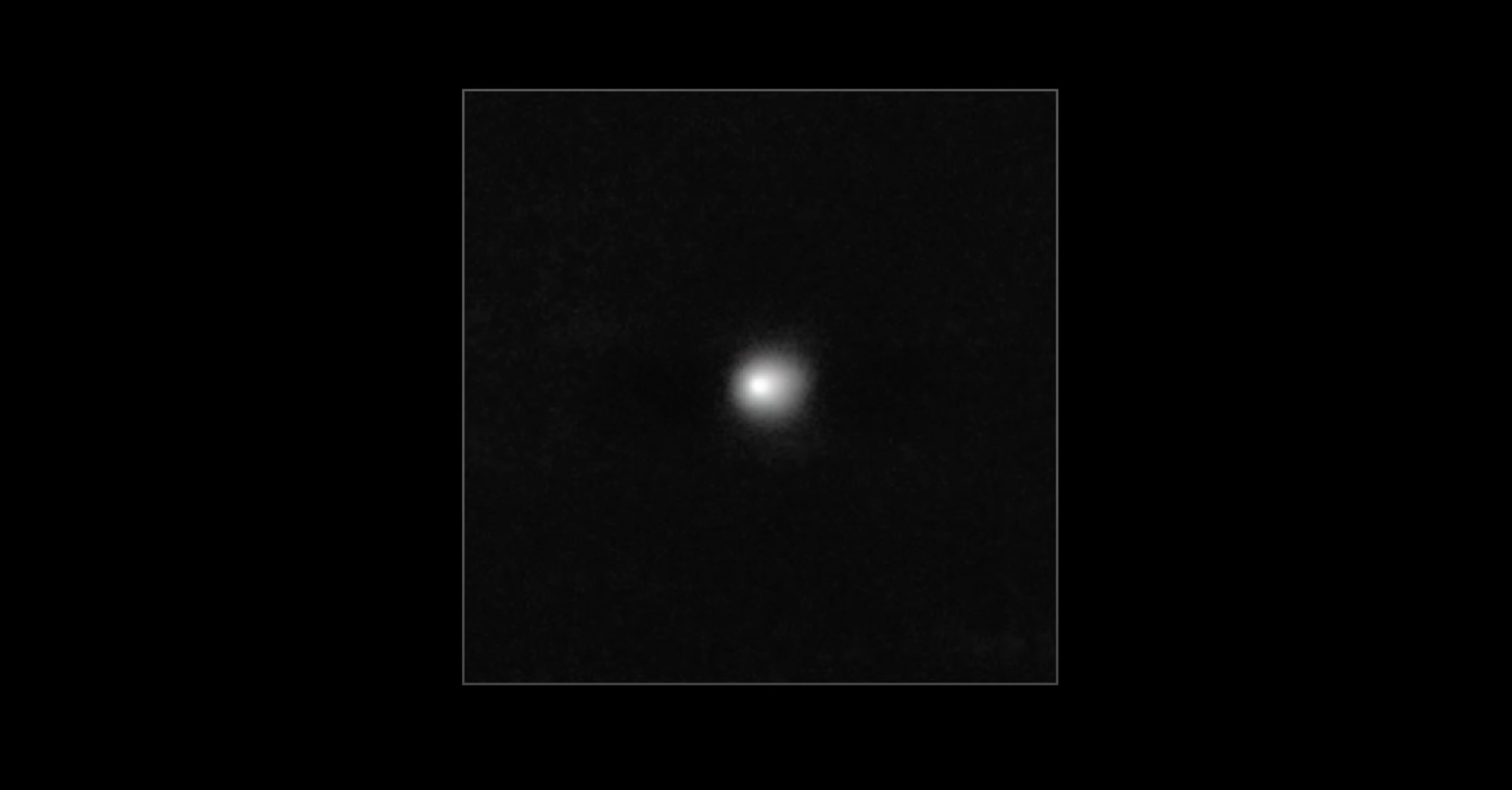





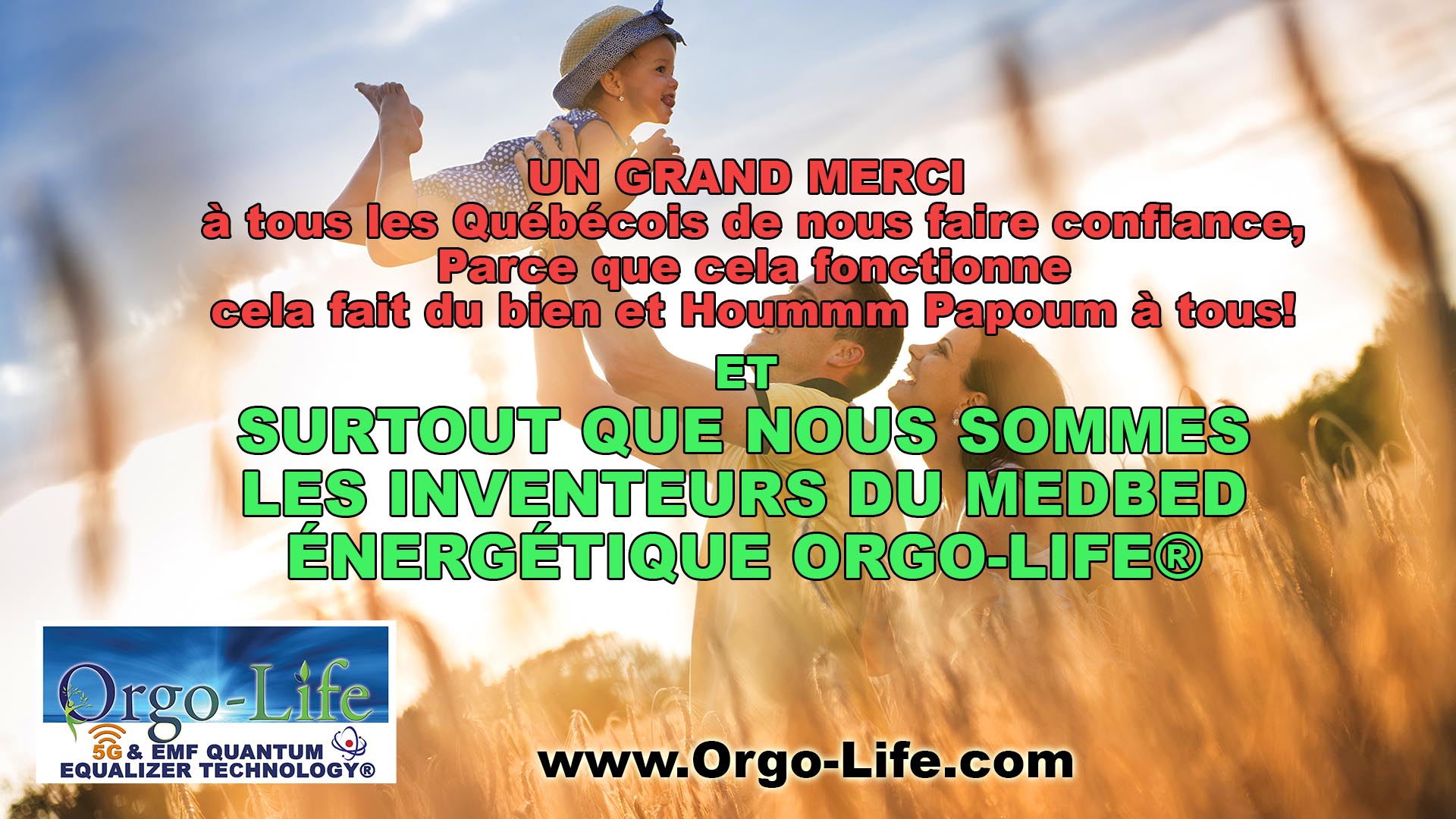

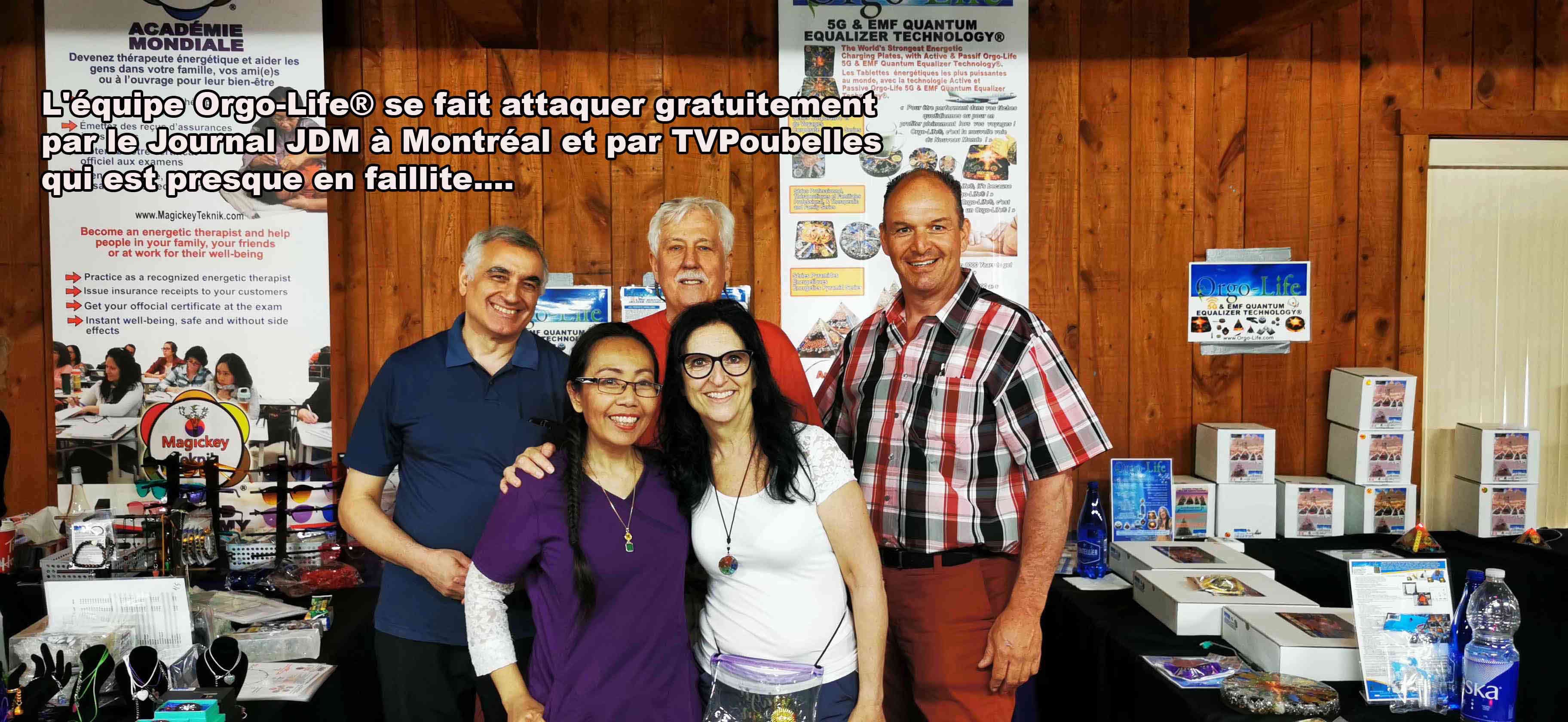


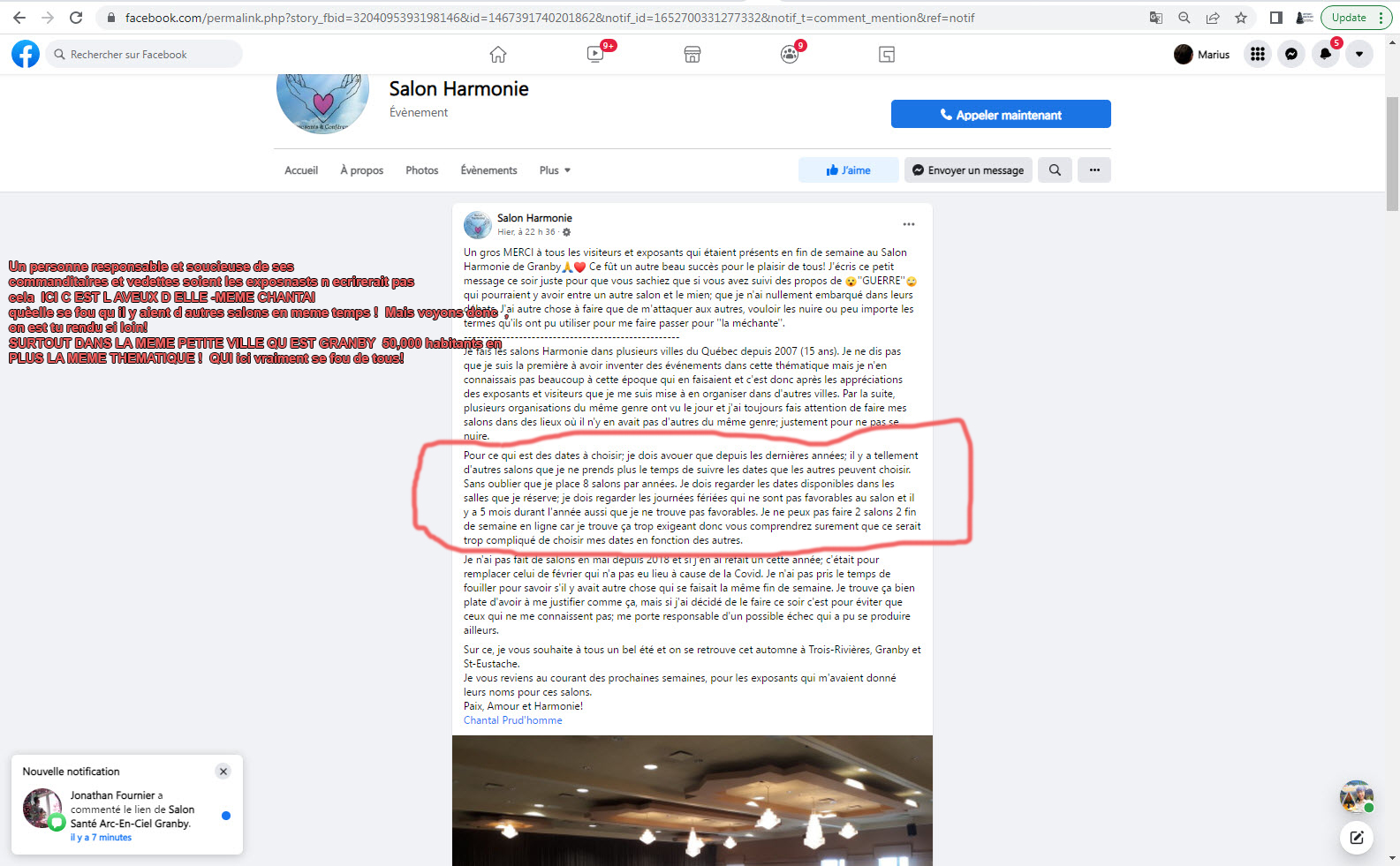
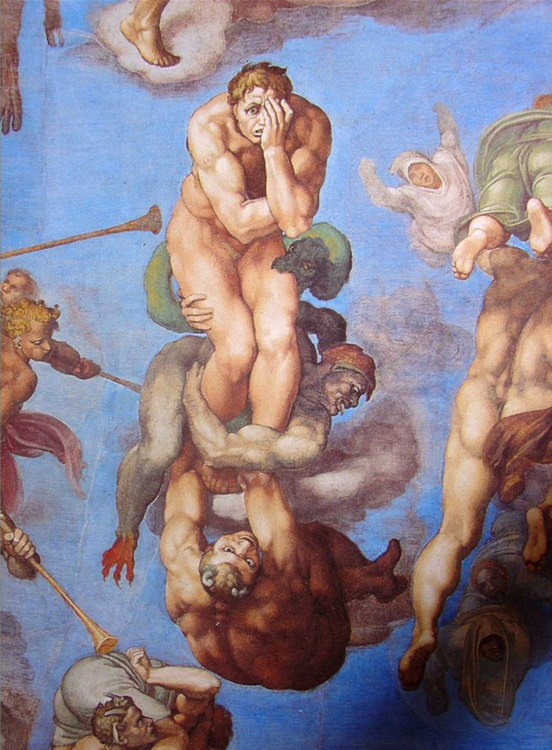
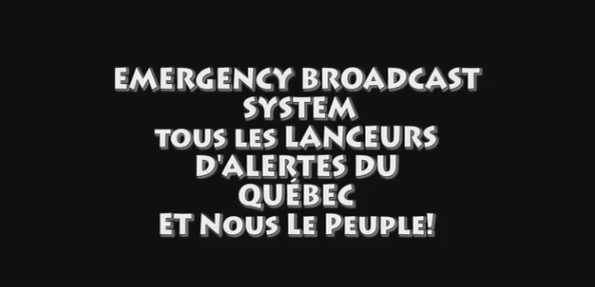



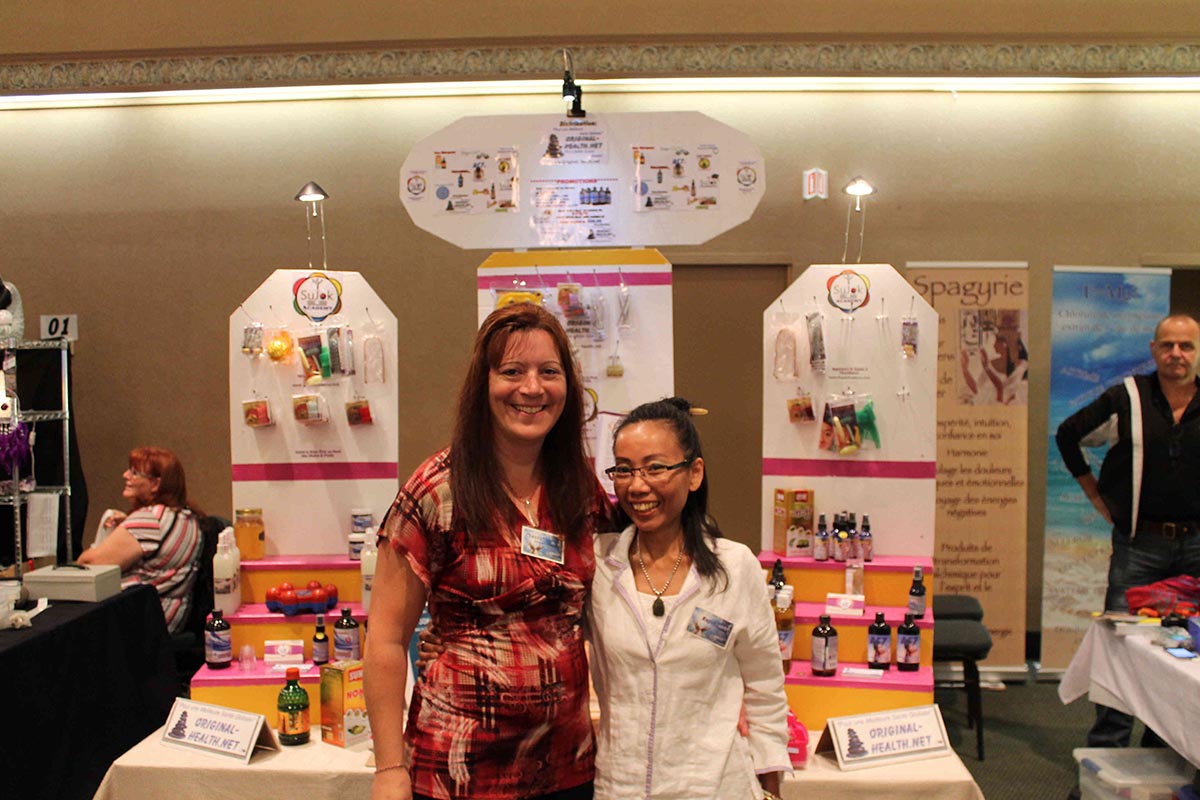


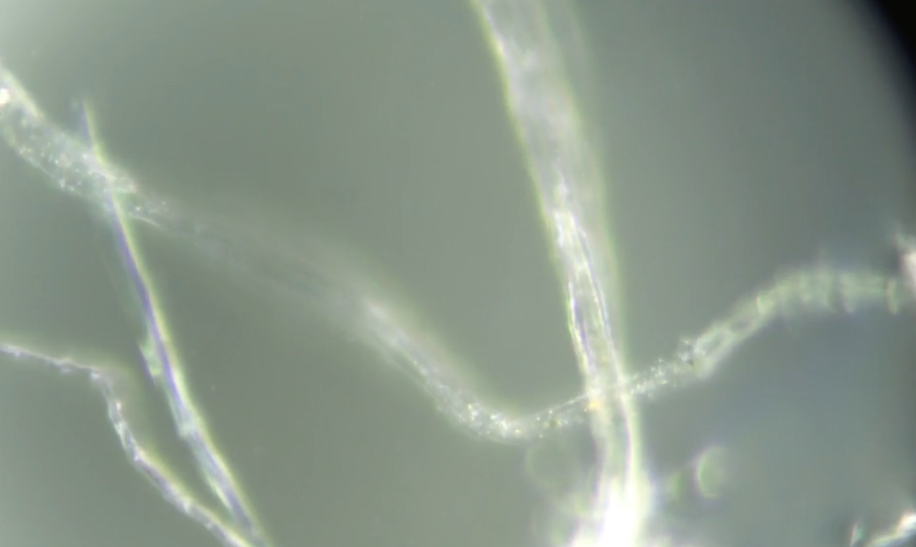


 French (CA)
French (CA)